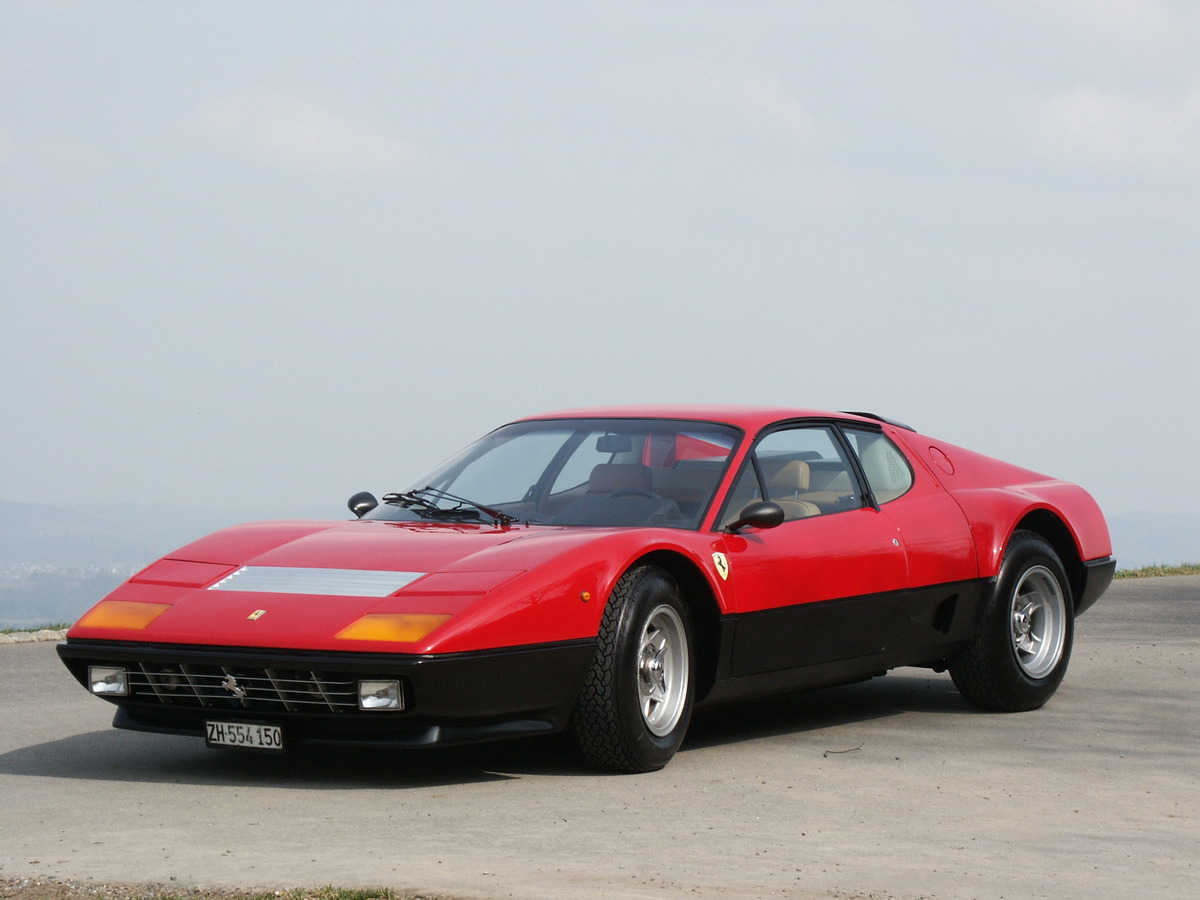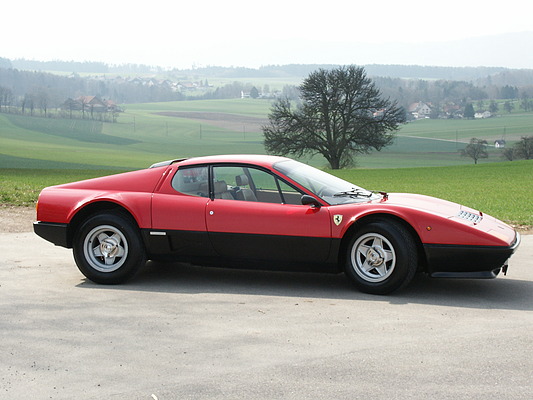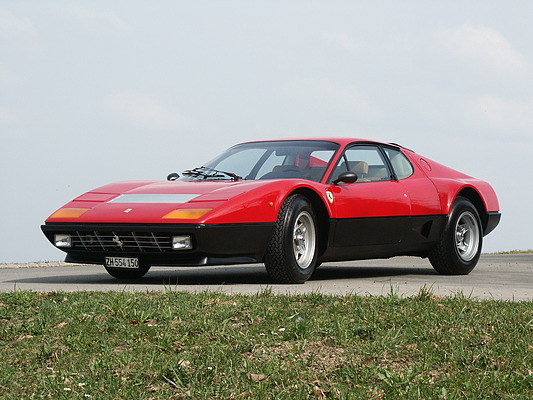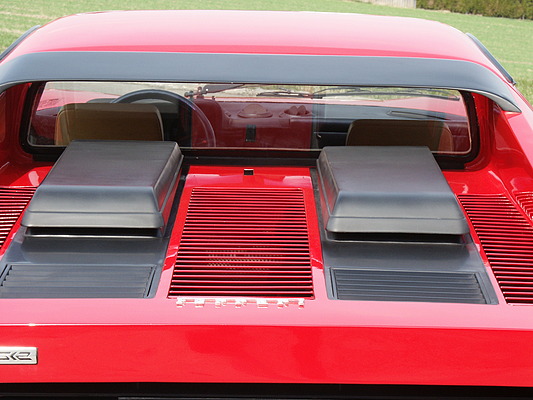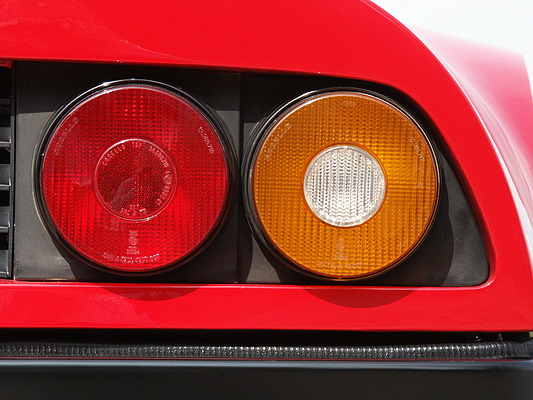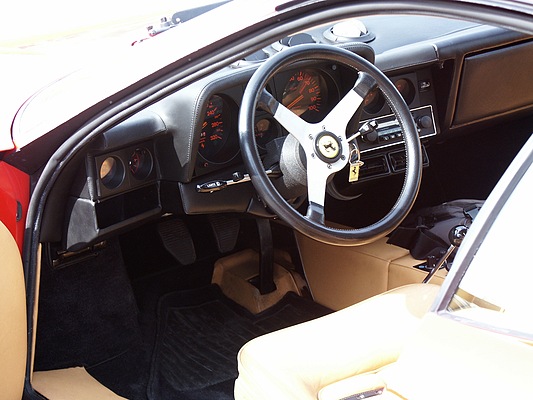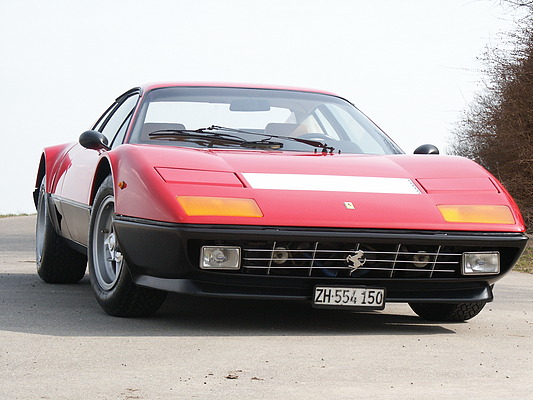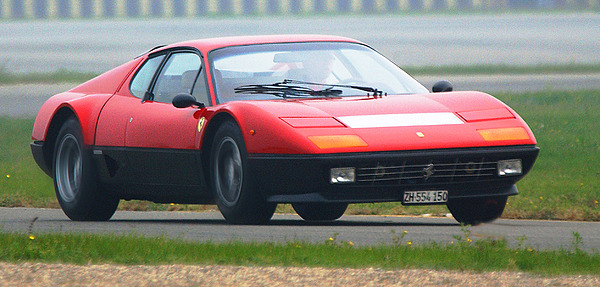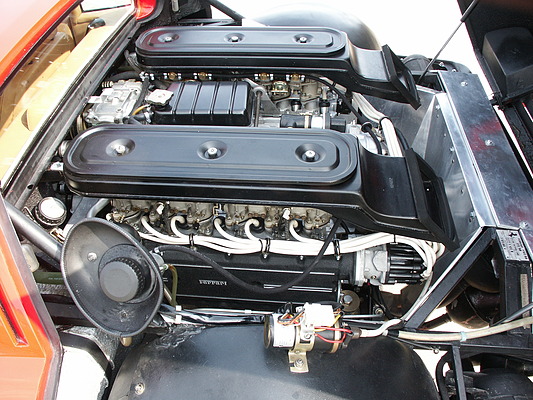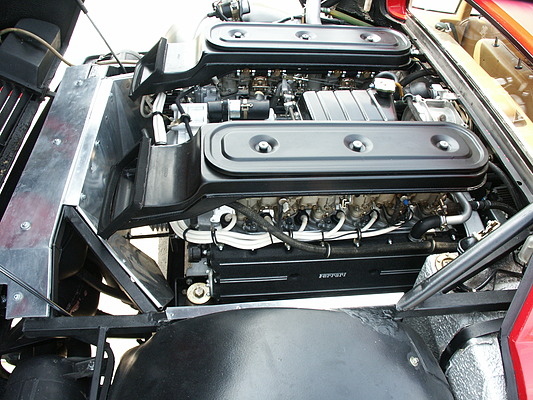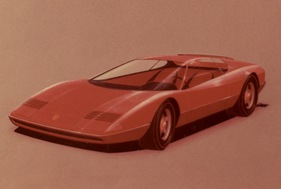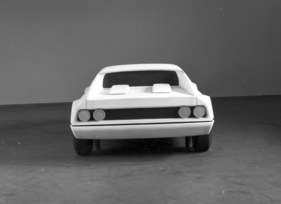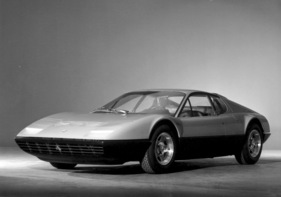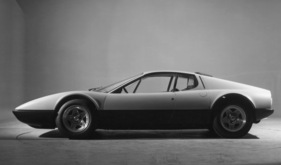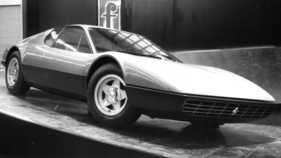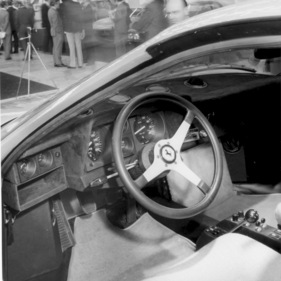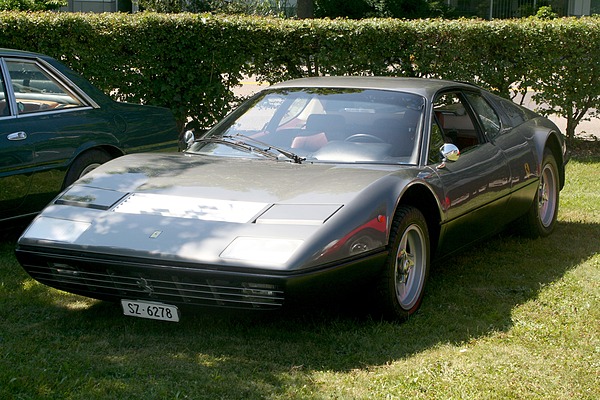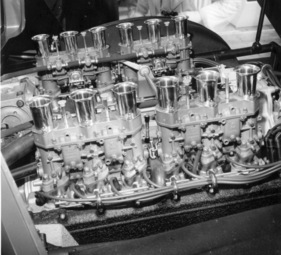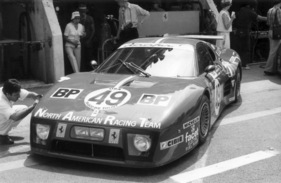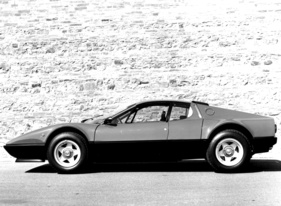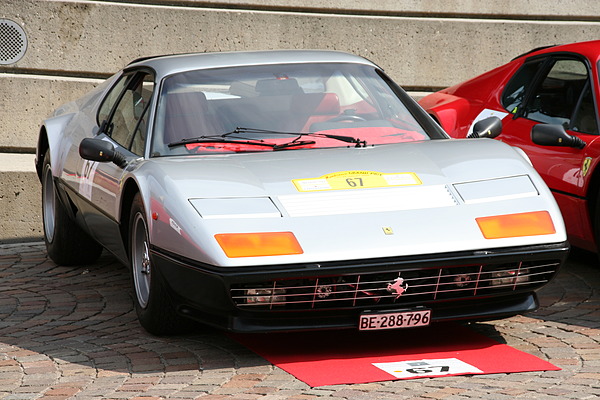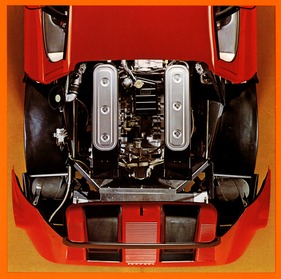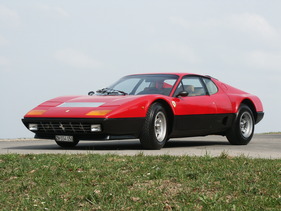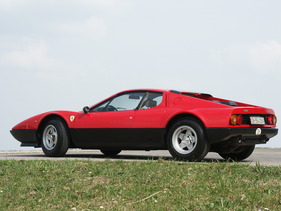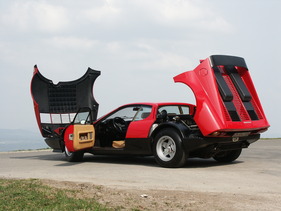Ferrari Berlinetta Boxer - the first mid-engined Gran Turismo from Ferrari
Summary
This was the car to beat in the car quartet! The Ferrari Berlinetta Boxer was the most expensive and, at least according to official factory specifications, the fastest sports car of its time. It also had more cylinders (or at least the same number of cylinders) than the others and accelerated exceptionally fast. Victory in the quartet competition was (almost) certain. From 1973 to 1984, a good 2,300 BBs were produced, a great success for Enzo Ferrari. During this time, the car was continuously developed further, the engine was enlarged and the last edition was equipped with fuel injection.
This article contains the following chapters
- Put under pressure
- Replacement for the Ferrari Daytona
- Presented in 1971, production announced in 1972
- The fastest production sports car in the world?
- Everyday comfort for two
- Further development in two stages
- The ride in the Ferrari 512 BB
- Built for fast highways
- Also to be found in motor racing
- Not a cheap pleasure, but cheaper than others
- Driving performance of the various models compared to the competition
- Further information
Estimated reading time: 10min
Preview (beginning of the article)
This was the car to beat in the car quartet! The Ferrari Berlinetta Boxer was the most expensive and, at least according to official factory specifications, the fastest sports car of its time. It also had more cylinders (or at least the same number of cylinders) than the others and accelerated exceptionally fast. Victory in the quartet competition was (almost) certain. Ever since Lamborghini had presented the Miura, and that had already been in 1966, de Tomaso had followed up with the Mangusta and even Peter Monteverdi had presented the Hai super sports car, Ferrari had been under pressure to offer a car with the mid-engine design that had proven itself in racing. The Dino 246 GT already had the engine in the right place, but it was not a "real" Ferrari with twelve cylinders. The Daytona, which was produced parallel to the Miura, was more practical than its competitor, but no longer corresponded to the fashionable trend of installing the engine amidships.
Continue reading this article for free?
Photos of this article

